4 Benefits of Lawn Hydroseeding
A beautiful lawn is desirable by most homeowners because of the aesthetic boost that it offers. That said, getting grass to grow properly can be difficult without specialized techniques to foster it. Hydroseeding is one such technique. It entails mixing grass seed, fertilizer, mulch, and soil additives in a tank, then spraying it on the soil lawn with a hose. After lawn hydroseeding, the seeds germinate and eventually grow into a beautiful green grass bed. For homeowners considering lawn hydroseeding, the benefits of the process are detailed below.
Hydroseeding Improves Soil Quality
Hydroseeding enhances soil aeration and drainage in areas with poor soil quality. For example, a building site's topsoil and the microflora and fauna that normally promote plant development may be damaged by construction activities. Hydroseeding repairs soil damage by adding natural or synthetic soil conditioners that change the physical and chemical properties of the soil while also providing nutrients to the neighboring plants.
Hydroseeding Aids Erosion Control
Lawn hydroseeding has been successful in areas prone to erosion where several other techniques have failed. Hydroseeding can be used to prevent soil erosion when combined with technology like a cellular, grid-like confinement system. The soil stabilizing action of hydroseeding causes plants to flourish quickly. The grass's short germination period leads to quick results while the grid design prevents additional erosion. Even on steep slopes, hydroseeding will keep the seeds in place through the most severe rains. Other approaches leave the seeds vulnerable to washout.
Hydroseeding Aids Water Retention
Hydroseeding necessitates a large amount of water during the germination process. Although, according to Growing Magazine, most of the grasses that emerge are drought-resistant and can retain up to ten times their weight in water, ensuring the grass's survival. Mulch also helps the root system retain water and release moisture and nutrients. Furthermore, if the water level is exceptionally high, the root network of hydro-seeded grasses develops deep into the ground. When these features are combined, the outcome is a drought-resistant grass that does not need excessive irrigation.
Hydroseeding Is a Cost-Effective Alternative to Sodding
Hydroseeding is a more cost-effective and cheap alternative to traditional sodding. For sodding, you'll need fertilizers, mulch, a greater number of laborers, and other items all combined in the expenses. Hydroseeding is less expensive and requires less maintenance. Less maintenance can often be a safer, more sustainable solution to consistent lawn preservation.
The advantages of lawn hydroseeding in water retention, soil quality improvement, and erosion management make it an appealing option for homeowners wishing to add a lawn to their property. Is your grass in need of hydroseeding? Don't hesitate to get in touch with us right away!
SERVING
and surrounding areas

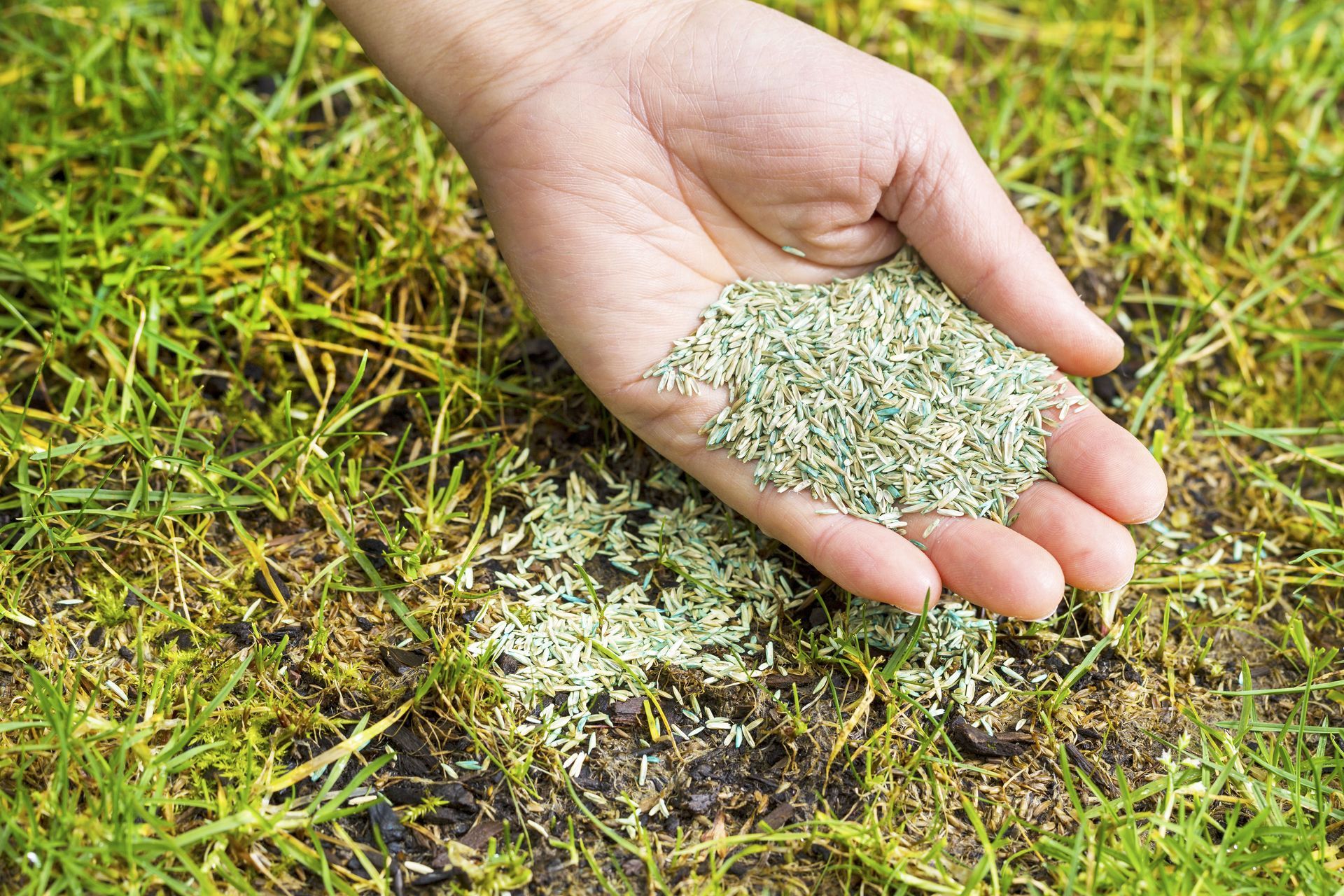
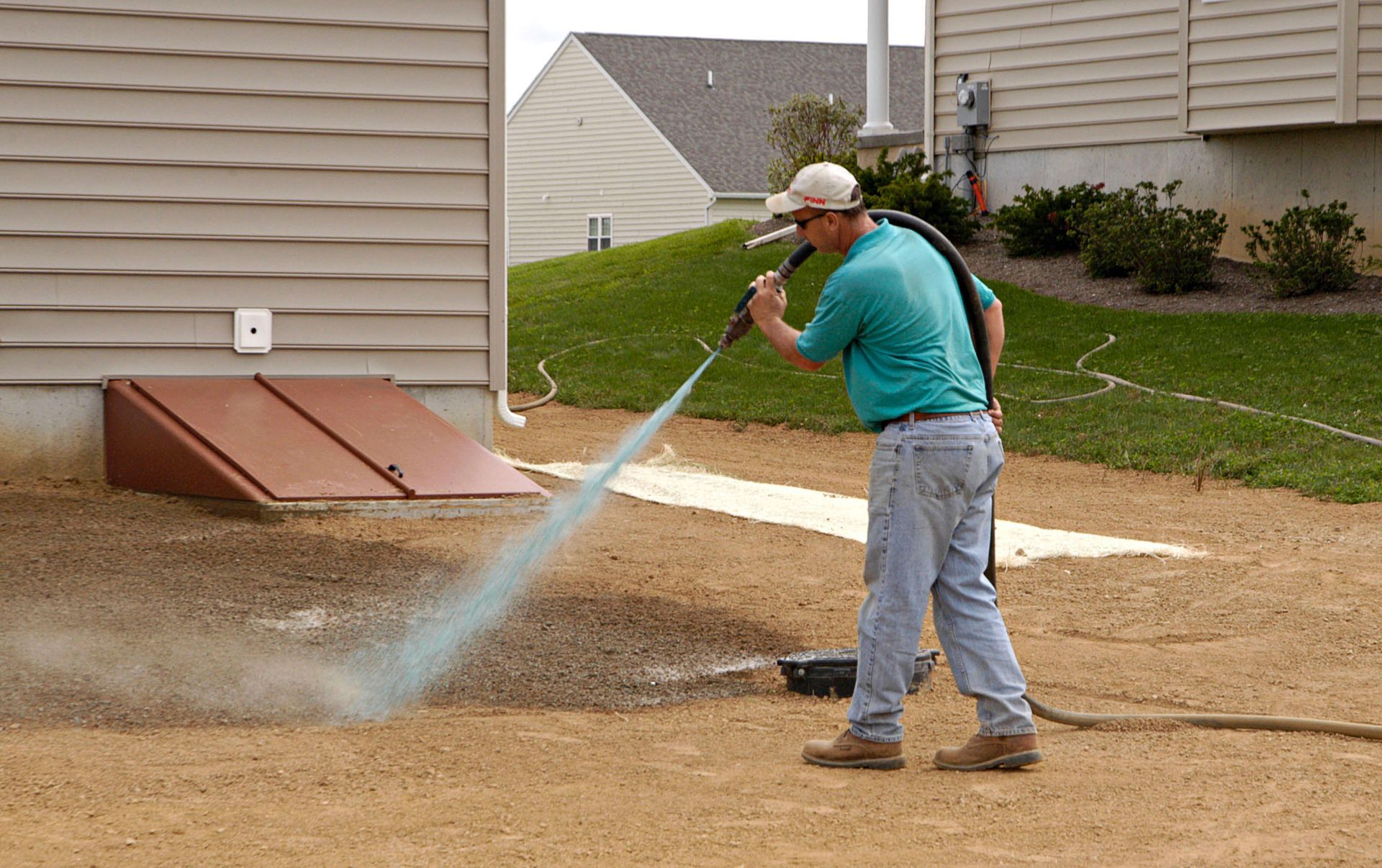
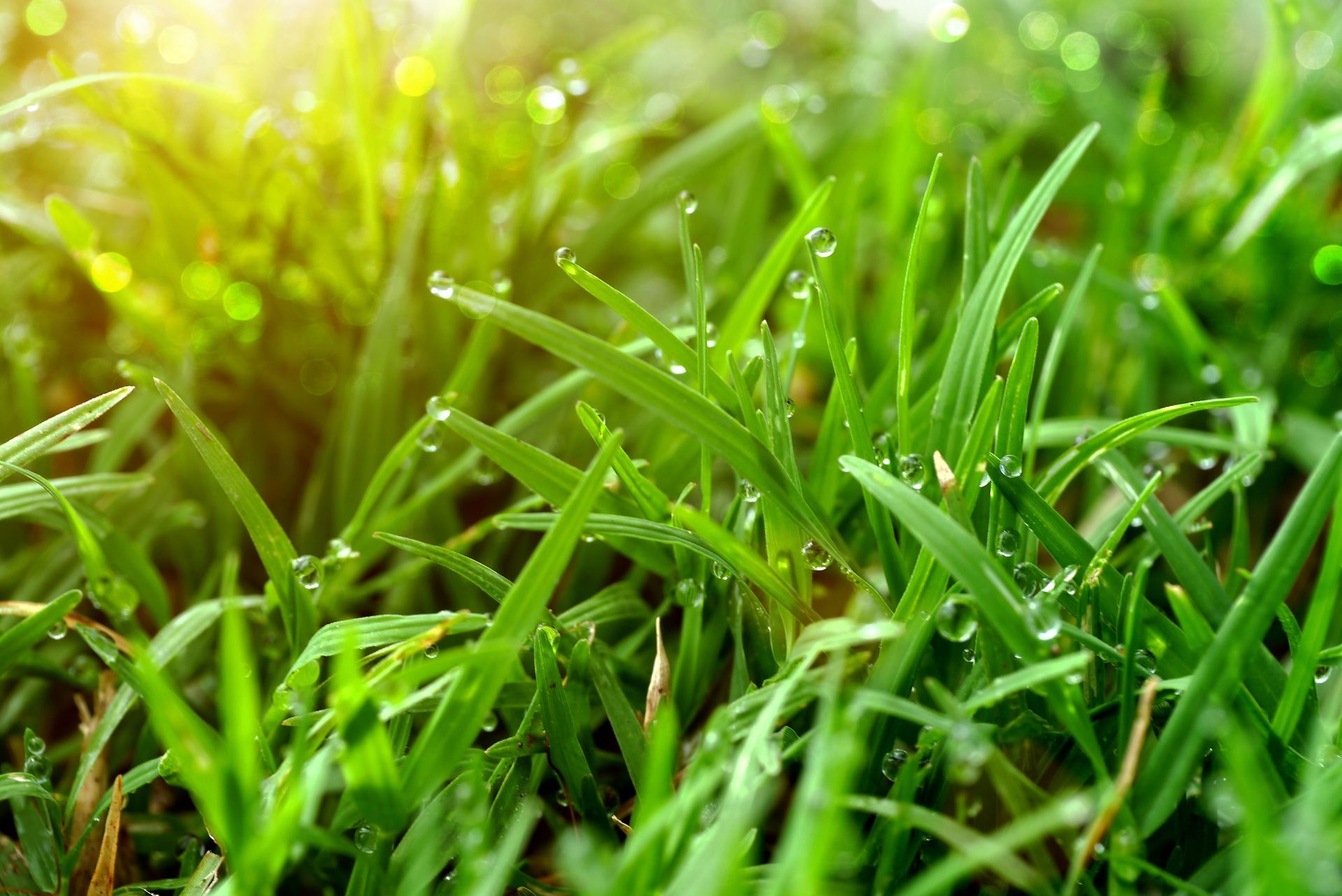

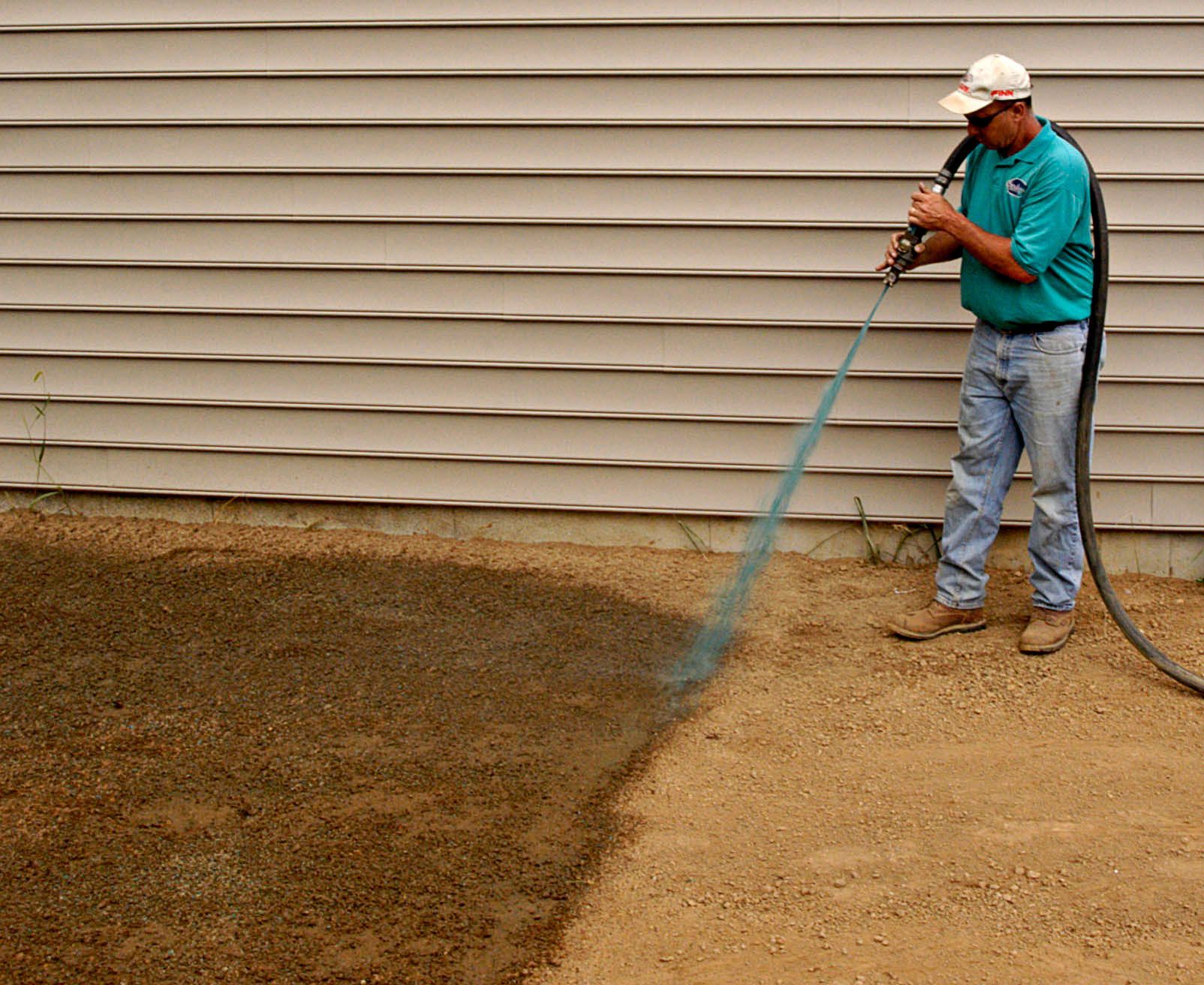


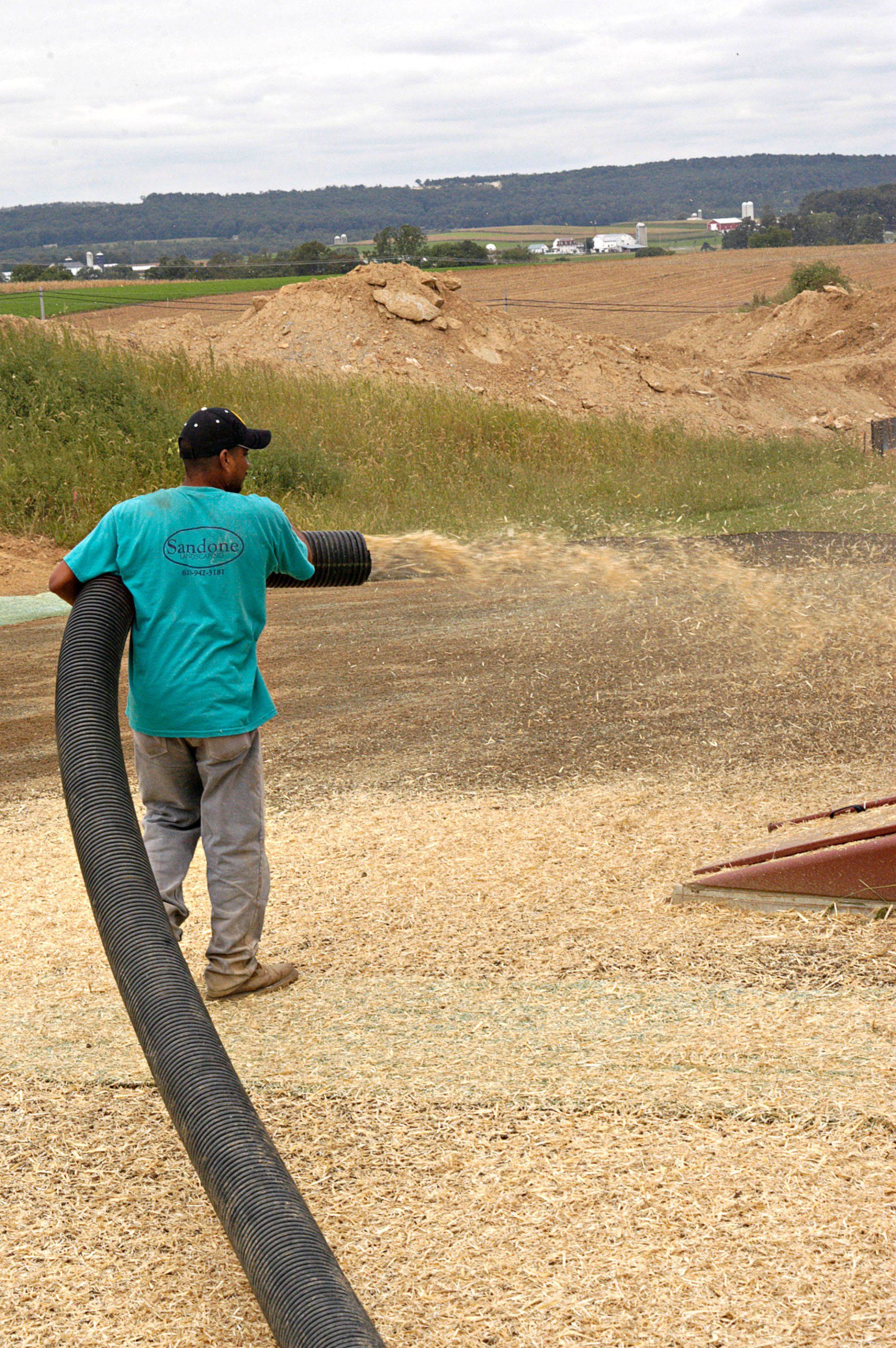
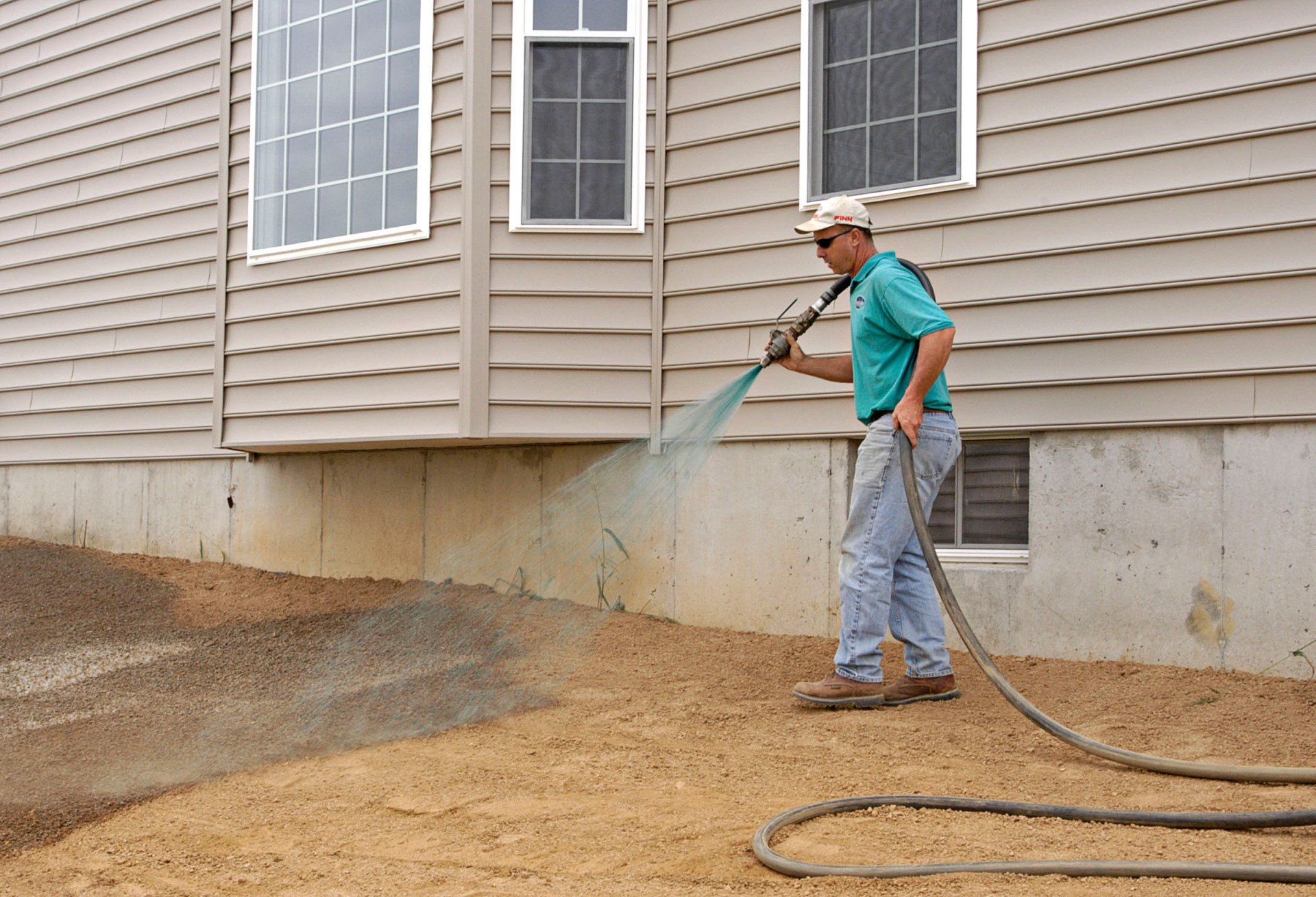
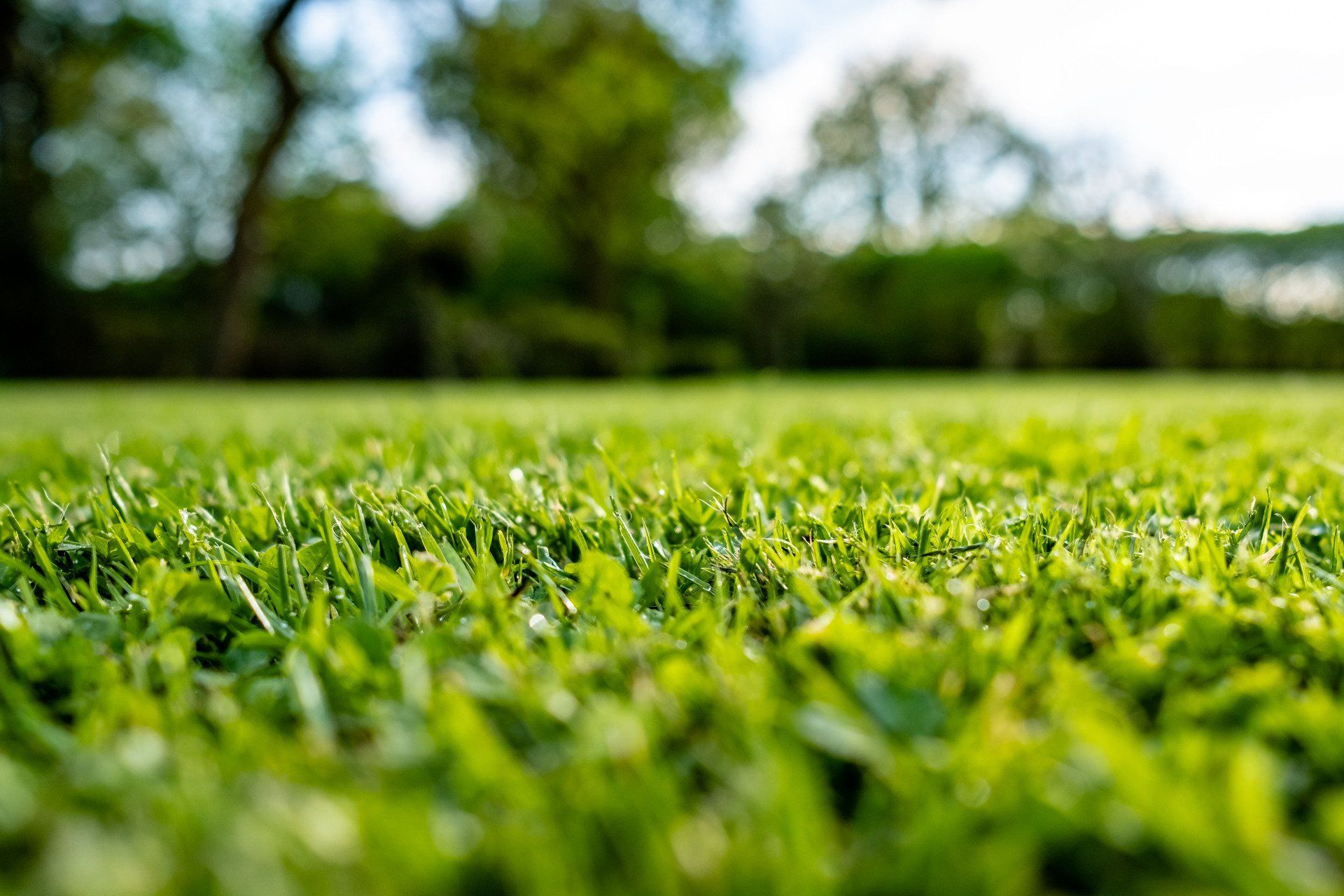
Share On: